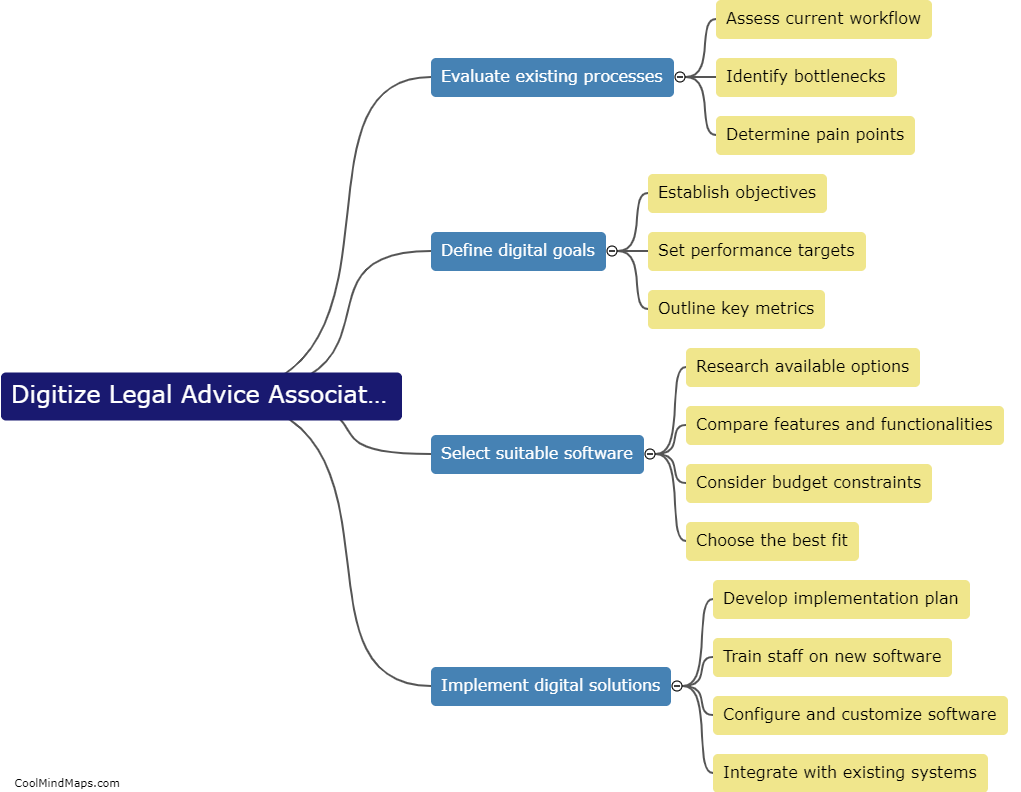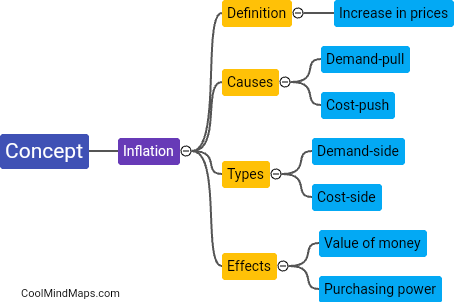What were the main political and social structures in ancient India?
Ancient India was characterized by a diverse range of political and social structures. The political landscape was predominantly organized into kingdoms, which were ruled by a monarch or a king. These kings wielded significant power and governed their realms with the assistance of a council of ministers. Some kingdoms were centralized, with a strong and centralized authority, while others were more decentralized, with regional governors or feudatories exercising considerable autonomy. Socially, the caste system was a fundamental aspect of ancient Indian society. The caste system divided people into distinct social groups based on birth and occupation, with Brahmins at the top and the Sudras at the bottom. This hierarchical order regulated social interactions, occupational roles, and even marriage alliances. Additionally, ancient India was also home to republics known as Mahajanapadas, where political power rested with a group of elected representatives. These republics had decentralized governance structures and allowed for greater participation of the common people in decision-making processes. Overall, the political and social structures in ancient India reflected a mix of centralized and decentralized governance, as well as a strict social hierarchy that shaped various aspects of people's lives.

This mind map was published on 9 October 2023 and has been viewed 112 times.











